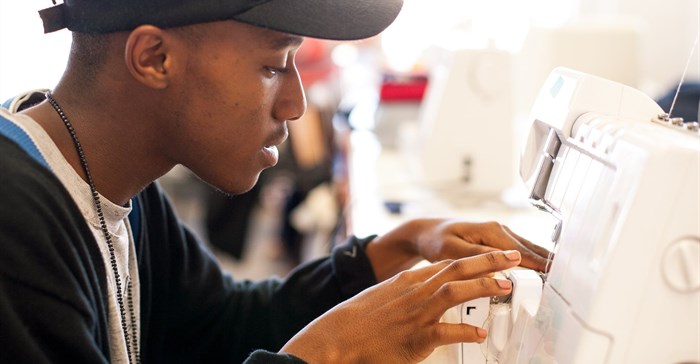
Top stories






More news












For so many of us, fashion is a core part of our culture and identity, and the South African fashion industry has grown by leaps and bounds since 1994.
According to a report by the DTIC that assessed the economic value of the Designer Fashion Sector in South Africa, the sector contributed at least R1bn to GDP before the pandemic.
As the last two years have shown, the fashion sector holds catalytic potential to stimulate further growth. Thanks to Covid and the escalating cost-of-living crisis, even more South Africans are now thinking twice before splashing out on big international brands.
Instead, they choose to shop locally and support our skilled crafters, manufacturers, and retailers.
Local is not just lekker for our purse strings though. A crucial economic driver - the sector is desperate for investment, which is why the government fashioned the retail, clothing, textile, footwear, and leather (R-CTFL) Master Plan back in 2019.
The aim is to help boost the amount of locally made garments in stores from 44% to 65% by 2030, and if successful, this is expected to create an additional 120,000 more jobs, bringing the total number of work opportunities across the entire fashion supply chain to more than a quarter of a million.
It's all about adding value to those in the chain-feeding major retailers. A better way of explaining how it works is to look at an example. If you buy a locally made coat, it may cost more, but by doing so you are helping the local designer stay in business.
If more people buy a coat from them, they will soon be able to expand their operation and employ more cutters and seamstresses, which adds value down the supply chain.
Driving local manufacturing not only upskills a nation and pushes up employment but also reduces our dependence on cheap, fast fashion exports from countries such as China.
Imported fast fashion items might be cheap, but they usually lack quality. According to the Global Fashion Agenda statistics, the number of garments produced each year has doubled since 2000, creating an estimated 92 million tons of textile waste annually.
A blossoming fashion industry is also welcome news for school leavers wanting to study fashion-related courses at higher education institutions such as Stadio School of Fashion.
Everyone wants to study a course that not only plays to their strengths but also guarantees a well-paying job afterwards, and this is exactly what the master plan wants to achieve.
More available, and better-paying jobs will, in turn, offer much-needed reassurance to parents, concerned about our escalating youth unemployment rate – currently at its highest level on record. Instead of investing in talent that then goes off to work in places like London, Paris, or New York, improved employment opportunities can help to retain this talent in South Africa.
The problem facing the fashion industry now is that we have a flourishing sector, but not enough value is being added down the chain. School leavers and graduates of South Africa’s tertiary education providers play an essential role in sewing the bridge closed. The Master Plan simply cannot work without help from the next generation.
Tertiary institutions need to do their bit by ensuring that graduates can successfully enter the industry at any stage of the supply chain and hit the ground running. There are various career options in the sector over and above the often-glamorised fashion designer and stylist that have become popular thanks to American TV programmes.
These include fashion journalists, fashion buyers, pattern makers, garment constructionists, quality assurance officers, and more.
By generating awareness of the many often behind-the-scenes career opportunities available in the fashion industry, we can make sure that every kind of personality and skill set is matched with the right type of job role so that everyone can do their bit to add value to the entire supply chain.